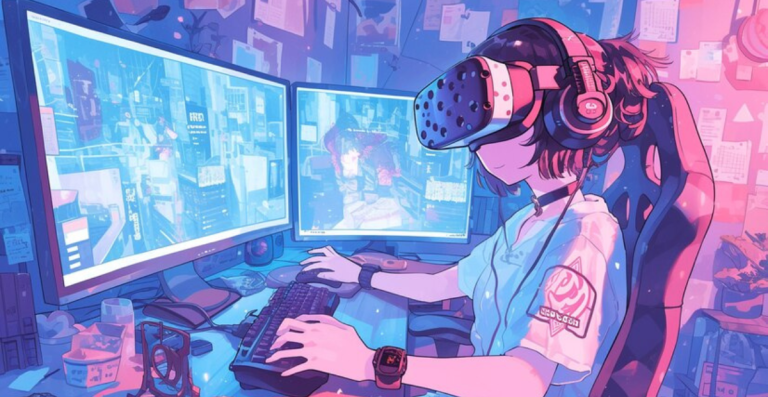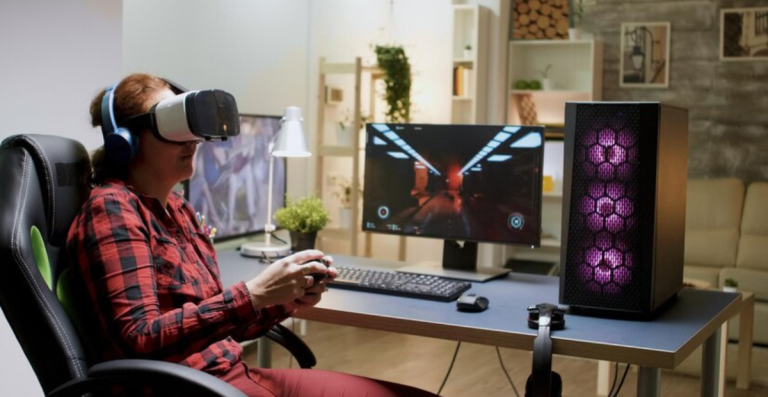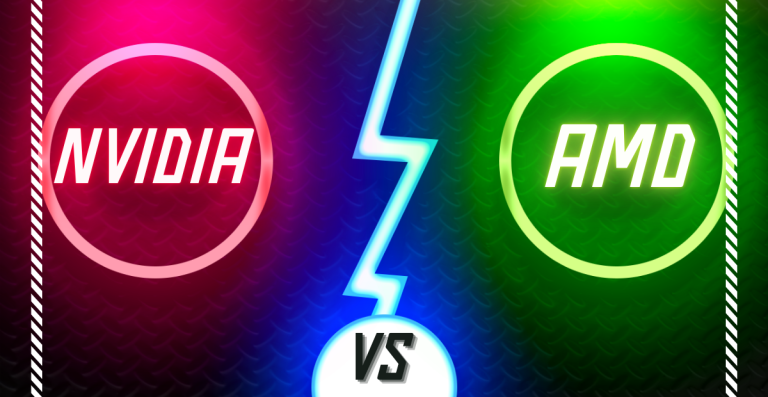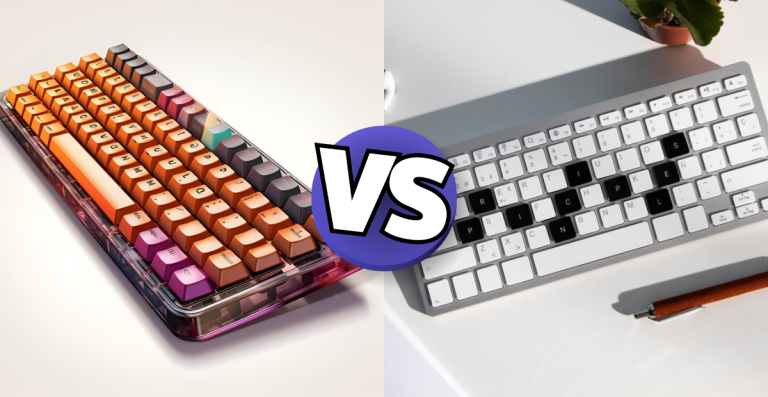CPU GPU Overclocking 101: How to Safely Push your CPU and GPU for Extra Performance
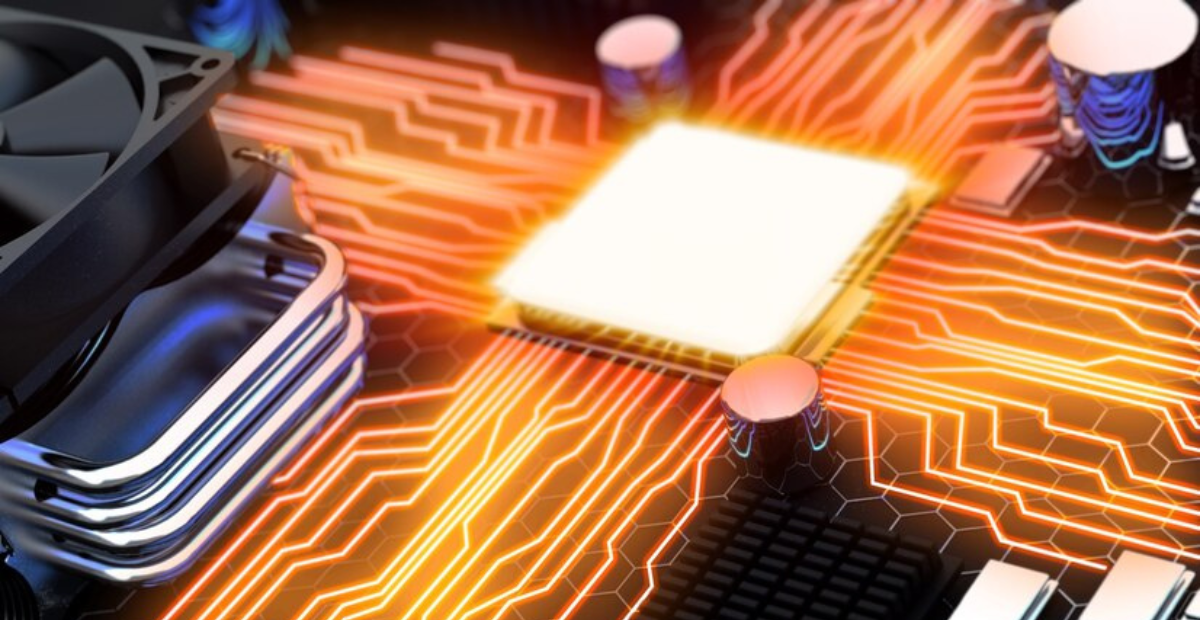
By pushing your hardware to its utmost, overclocking is an exciting method to get more out of your computer and increase performance. Overclocking your CPU and GPU can result in considerable benefits, whether your goal is to boost overall system responsiveness or game frame rates.
However, there are dangers associated with using any strong instrument. Knowing the specifics of overclocking, including how it operates, what to look out for, and how to perform it properly, is essential to getting the most out of the practice. Everything you need to know to get started without straining your system will be covered below.
What is Overclocking?
The process of increasing your CPU and GPU clock rates over the default values recommended by the manufacturer is known as overclocking. By improving your system’s overall performance, this procedure should enable quicker processing and more fluid gameplay. You can get more power out of your components by overclocking them, which can improve responsiveness during resource-intensive applications and increase frame rates and load times.
But performance improvements aren’t the only benefit of overclocking. There are trade-offs even if it can provide observable gains. Excessive heat from pushing your components above their designed limits might result in instability and, if left unchecked, hardware failure. The risks of overheating and system stress must be balanced with the need for increased performance.
What is Clock Speed?
One of the main determinants of how quickly your CPU or GPU can complete tasks is clock speed. It basically refers to how quickly a processor can finish task cycles. Faster performance results from the processor handling more instructions per second at a higher clock speed.
- Base Clock vs. Boost Clock: Two different clock rates for processors are specified by manufacturers. The boost clock is the fastest speed the processor can achieve under ideal circumstances, like when it isn’t under a lot of load, whereas the base clock is the default speed that the CPU or GPU operates at under normal circumstances. In order to attain better performance, overclocking usually speeds up both of these rates.
- Multipliers and Bus Speeds: These two factors also affect the overall clock frequency. Bus speeds are the rates at which data is moved between the CPU and other components, and the multiplier is used to calculate the final clock speed from the base clock. In order to attain a higher clock frequency, overclocking frequently entails changing these settings.
What Should I Consider Before Overclocking?
To make sure your system can properly manage the additional strain, there are a few important aspects to take into account before beginning the overclocking process. Since overclocking entails changing the settings on your hardware, it’s critical to ensure that your system is prepared for the adjustments.
Verify Hardware Interoperability
It’s crucial to make sure your system can handle overclocking because not all components are made to do so:
- Motherboard & CPU/GPU Compatibility: Verify that overclocking is supported by both your motherboard and processor. For instance, some AMD Ryzen processors and Intel’s K-series CPUs are unlocked and prepared for overclocking. Furthermore, some motherboards have built-in overclocking capabilities, while others might not.
- RAM Compatibility: The success of your overclocking depends heavily on your RAM. Choose RAM with higher speed ratings to ensure that it is compatible with your overclocking objectives (look for XMP profiles). This guarantees that your system can withstand the heightened demands without experiencing any instability.
- Power Supply Unit (PSU): Overclocking raises your system’s power needs. A system that is underpowered may crash or become unstable, so make sure your PSU has enough wattage to handle the extra load.
Install the latest drivers and BIOS
It is crucial to ensure that your system is up to date before overclocking:
- BIOS Update: A motherboard update The most recent features, stability enhancements, and overclocking optimizations are guaranteed by BIOS. In order to facilitate the procedure, certain motherboards additionally come with automatic overclocking profiles in more recent BIOS versions.
- Drivers: It’s also essential to keep your CPU and GPU drivers up to date. Driver updates from manufacturers can improve performance, stability, and compatibility with new software or hardware.
Establish a Point of System Restore
Overclocking entails adjusting system parameters that may compromise the stability of your machine. Before making any changes, it’s a good idea to create a system restore point. This backup allows you to revert to a stable state if things go wrong. It’s an easy yet crucial step to protect your system from possible overclocking-related crashes or problems.
How Overclocking Affects Game Performance?
Your gaming experience may be significantly impacted by overclocking, particularly in demanding games. The primary advantage of overclocking is the increase in Frames Per Second (FPS), which results in more responsive control and fluid gameplay. It may impact your gaming in the following ways:
- Boosting FPS in Games: Overclocking your CPU and GPU results in faster processing and rendering times, directly boosting your FPS. This is especially beneficial in games that are CPU or GPU intensive, where even a small improvement in clock speed can lead to smoother gameplay and fewer frame drops.
- Smoother Gameplay: With higher FPS, games appear much smoother. This is particularly noticeable in fast-paced games like first-person shooters or racing games, where every frame counts. Higher FPS reduces motion blur and input lag, offering a competitive advantage and enhancing the overall gaming experience.
- Improved Responsiveness: Faster frame rendering means that your actions in the game are reflected almost instantly. This improves not just the visual experience but also the responsiveness of controls, making your gameplay feel more fluid and reactive.
CPU Overclocking
One of the best strategies to improve system performance is to overclock your CPU, particularly for jobs that require a lot of processing power. Although it may appear daunting, if you follow the correct steps, the process is simple.
How to Overclock a CPU
In order to overclock your CPU, you usually need to access the BIOS/UEFI settings and change the frequency and voltage of your processor. To begin, follow these steps:
- Accessing the BIOS/UEFI: To overclock your CPU, you’ll need to access the BIOS/UEFI, which is your motherboard’s control center. You can enter the BIOS/UEFI by pressing a specific key (usually Delete or F2) during the system boot. Once inside, navigate to the overclocking or CPU settings.
- Incrementally Increasing the CPU Multiplier: The main way to overclock a CPU is by increasing the multiplier. The multiplier determines how many times the base clock is multiplied to reach the CPU’s final clock speed. Start by increasing the multiplier in small increments (e.g., 1x) and then save the changes.
- Testing Stability: After each adjustment, it’s important to test your system’s stability. You can use stress-testing software like Prime95 or AIDA64 to push your CPU to its limits and check for stability. If your system crashes or shows signs of instability, it’s time to dial back the multiplier.
- Adjusting CPU Voltage (Carefully!): If you reach a point where stability becomes an issue, you may need to adjust the CPU voltage (vCore). This increases the power supplied to the CPU, helping it handle higher speeds. However, be cautious, as increasing the voltage can lead to higher temperatures and potential damage if done improperly. Keep voltage increases modest to avoid pushing your CPU too far.
GPU Overclocking
Similar to your CPU, you can achieve notable performance gains by overclocking your GPU, particularly in games that require a lot of graphics. Although the method is a little different than overclocking your CPU, overclocking your GPU can result in smoother graphics and greater frame rates.
How GPU Overclocking Is Done
A GPU can be overclocked in a number of ways, but the simplest and safest method is to use specialist software. Here is a detailed guide:
Using GPU Overclocking Software: Using specialized software is the most straightforward method of overclocking your GPU. With tools like MSI Afterburner, EVGA Precision X1, and GPU-Z, you can change the clock rates of your GPU and keep an eye on its performance in real time. These tools include an easy-to-use UI that makes modifications simple.
Increasing Core Clock and Memory Clock:
- Core Clock: This is the main frequency of your GPU, responsible for how quickly the processor can render frames. Start by increasing the core clock in small increments (e.g., 10-20 MHz at a time) and then test for stability.
- Memory Clock: The memory clock controls the speed of the GPU’s VRAM (video RAM), which plays a significant role in texture loading and overall graphical performance. Increasing the memory clock can boost performance, particularly in memory-heavy games and applications.
- Testing Stability: Just like with CPU overclocking, testing stability is crucial. Use benchmarking tools like Unigine
- Heaven or 3DMark to stress test your GPU after making adjustments. If you notice any graphical glitches or instability, dial back the settings until you find a stable configuration.
Precautions When Overclocking the CPU/GPU
Overclocking can increase the performance of your computer, but it’s crucial to exercise caution to prevent component damage or instability. You can securely overclock by following these procedures.
- Make Thermal Management a Priority: Since overclocking produces extra heat, make sure your system has adequate cooling, which includes a good CPU cooler, GPU cooler, and case fans that provide adequate airflow.
- Stress Test Your System: To verify the stability of your system after overclocking, utilize stress-testing software such as Prime95 or Unigine Heaven. Lower your overclock settings if it crashes.
- Keep an eye on Power Consumption: Overclocking raises the demand for power, thus guarantee that your power supply unit (PSU) has at least 20–30% more wattage than your system normally requires.
Common Overclocking Problems (And Their Solutions)
Overclocking can occasionally result in problems, even with careful settings. Here are a few typical issues and solutions:
- The system freezes or crashes: An unstable overclock may be the cause of system crashes or freezes. This typically occurs when the machine cannot handle the high CPU or GPU settings. Solution: Slowly reduce the voltage or clock rates and retest for stability.
- Game Artifacts: The appearance of odd lines or colors on the screen, known as artifacts, indicates that your GPU overclock is unstable. Solution: To find a stable setting, lower your GPU’s core or memory clock and run another stress test.
- Stress Test Failures: Your overclock settings are too aggressive if your machine fails stress tests. Solution: Lower the clock rates or slightly raise the voltage to modify the CPU or GPU settings, then retest for stability.
When to Reverse CPU/GPU Overclocking?
Even while overclocking has many advantages, there are situations in which going back to stock settings is preferable. Consider reverting your overclock in the following situations:
- Continued Unstability in spite of Changes: Reversing the overclock could be necessary if you still have system issues, freezes, or crashes after lowering clock speeds and modifying voltage. The overall performance and lifespan of your system may be impacted by long-term instability caused by pushing your hardware too far.
- Unacceptable Levels of Temperature: Even with cutting-edge cooling solutions installed, if your CPU or GPU temps are constantly too high, it’s obvious that the overclock is taxing your components excessively. Thermal throttling, crashes, or even irreversible hardware damage can result from high temperatures. Try going back to the default settings if cooling isn’t sufficient to control the temperature.
Final Thoughts
Although overclocking is a useful technique for enhancing gaming performance, it must be done with caution. You may securely unlock additional performance from your hardware by knowing the fundamentals of clock speed, CPU, and GPU overclocking, and by taking the appropriate safeguards.
Always keep in mind to prioritize cooling, keep an eye on the stability of your system, and make sure your PSU can manage the additional load. Don’t be afraid to adjust your settings or even reverse your overclock if you run into problems like system crashes or artifacts.
Overclocking can enhance your gaming experience if you are patient and make the right changes. To make sure that your overclocking attempts are both safe and successful, always exercise caution and conduct extensive testing.

